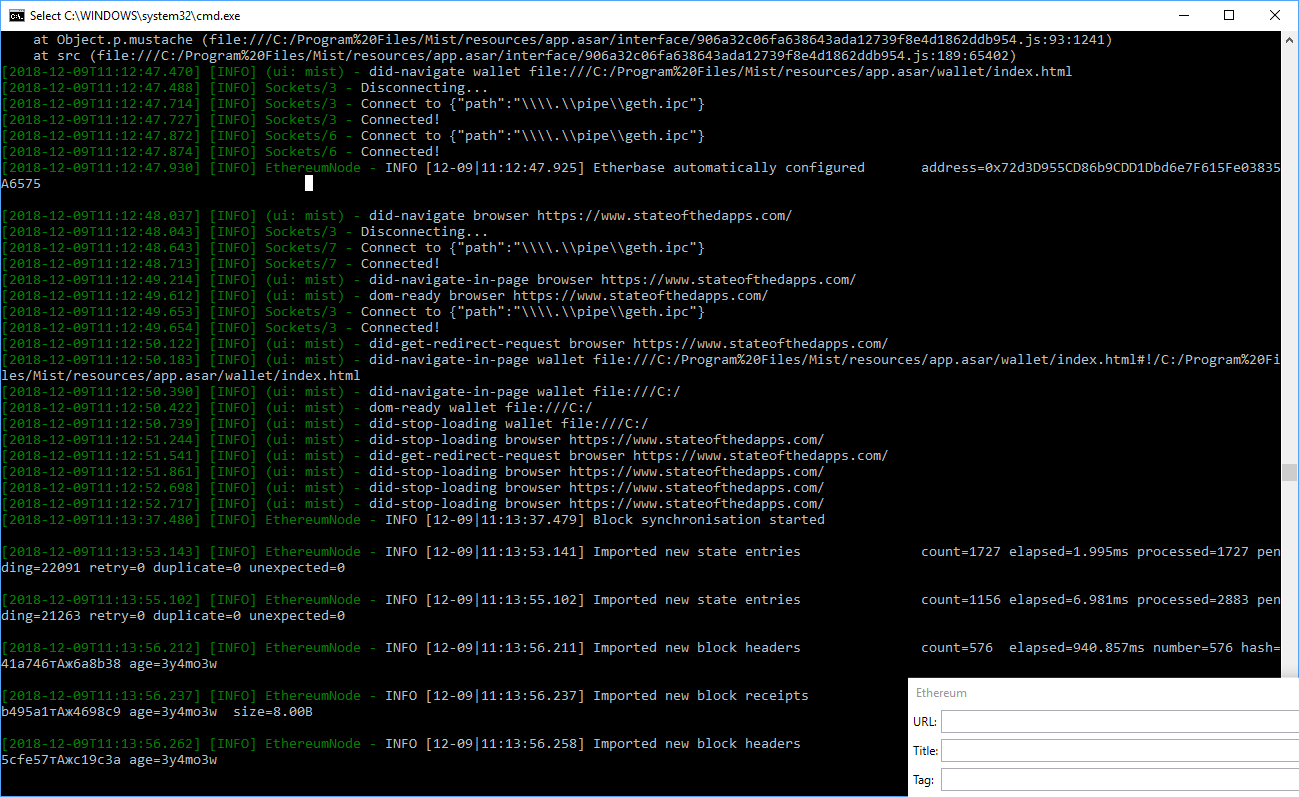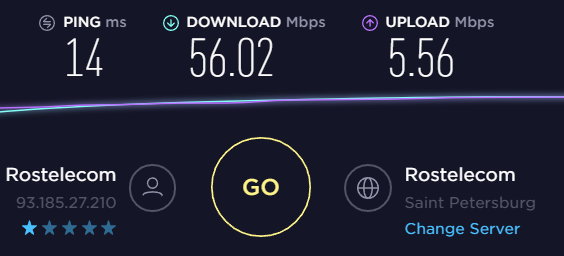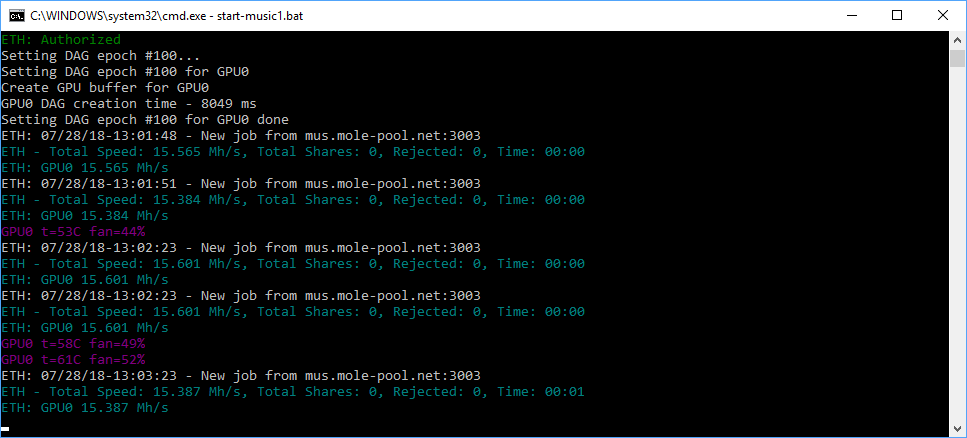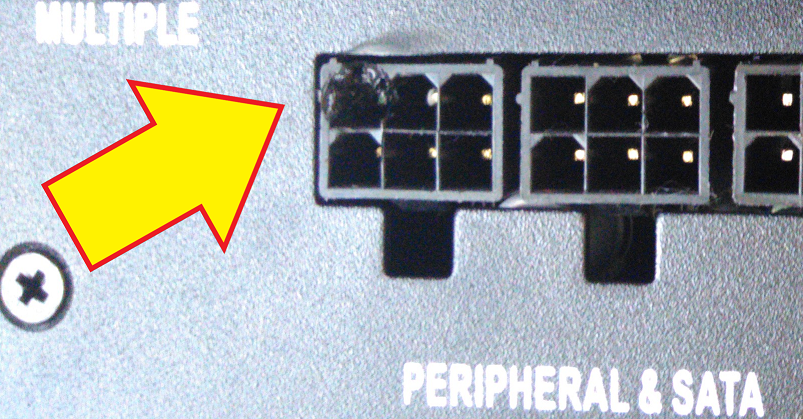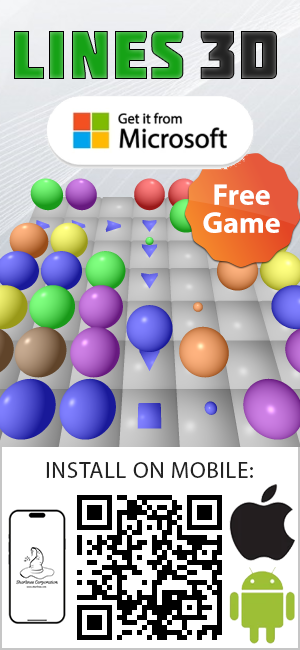I successfully build and run rippled 1.1.2 on Ubuntu 18.04 with the following commands:
sudo apt-get -y install git cmake pkg-config protobuf-compiler libprotobuf-dev libssl-dev wget
cd ~Downloads/
wget https://dl.bintray.com/boostorg/release/1.67.0/source/boost_1_67_0.tar.gz
cd ..
mkdir lib
cd lib/
tar xvzf ~/Downloads/boost_1_67_0.tar.gz
./bootstrap.sh
./b2 -j1
export BOOST_ROOT=/home/xrp/lib/boost_1_67_0
cd ~/repos/
git clone https://github.com/ripple/rippled.git
cd rippled
git tag
git show --summary 1.1.2
git reset --hard 1.1.2
mkdir build
cd build/
cmake ..
cmake --build .
./rippled -u
